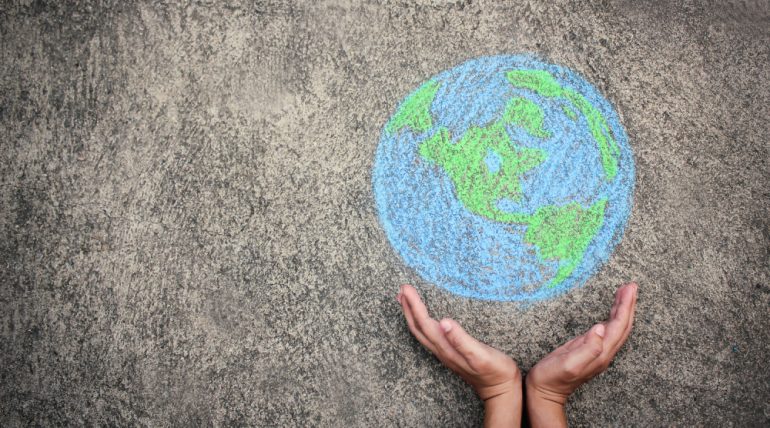The circular economy is a concept that is becoming more widely discussed as we seek to create a more sustainable future. In short, the circular economy is an economic model that seeks to reduce our dependency on finite resources, instead focusing on designing and producing products that can be reused, refurbished, and recycled in order to extend their life span and reduce waste. The goal is to create a self-sustaining, closed-loop system – preventing the exploitation of limited resources and paving the way for more sustainable practices.
One key way that the circular economy helps us achieve sustainability is by encouraging a shift in the way we view and utilize resources. Whereas the traditional linear economy has been based on a ‘take-make-dispose’ pattern, the circular economy focuses on using resources in a smart and efficient way. This includes thinking carefully about how materials are sourced, how products are designed, and how we use and maintain products.
The circular economy also seeks to reduce the amount of waste and pollution generated as a result of our activities. This is because in a circular system, products never reach the end of their useful lives – they are constantly reused, repaired, or broken down into their constituent parts, to be used again and again. By focusing on a continuous cycle of content creation and reuse, waste, energy, and resources are significantly reduced.
Finally, the circular economy helps us work towards sustainable goals by creating economic advantages. By making use of the components of already-used materials and products, as materials for future products, businesses can generate leaner, more efficient supply chains and reduce their reliance on expensive resource inputs. This can provide a sustainable and ethical economic model, as well as financial benefits. Overall, the circular economy offers an innovative framework for creating a more sustainable future. By promoting the reuse of materials, a reduction in waste, and economic advantages, the circular economy is an essential part of the transition to a low-carbon, green economy.


